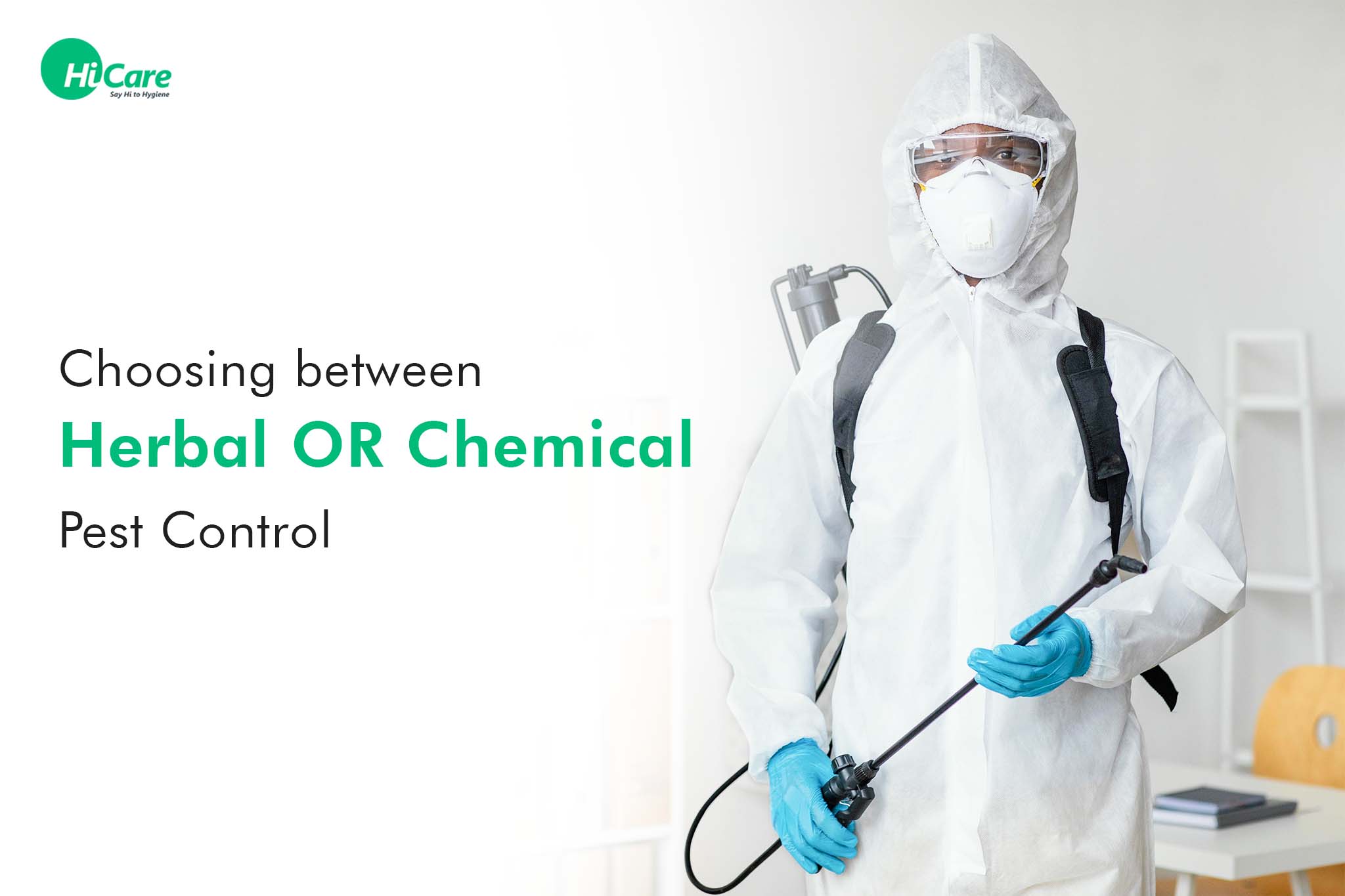A1 Pest Control Charlotte NC Bed Bugs - Specialist Elimination Services
Bed Pest Treatment Malfunction: Contrasting Chemical Vs. Non-Chemical Solutions
In the realm of bug control, specifically when managing the relentless issue of bed bugs, the option between chemical and non-chemical treatment remedies can be a crucial one. Both approaches offer distinct advantages and drawbacks, influencing variables such as performance, security factors to consider, and general expense. By analyzing the nuanced information of each method, a more clear understanding of which path to go after in attending to a bed bug infestation can be obtained.
Effectiveness of Chemical Treatments
Chemical therapies for bed pest infestations have actually been extensively recognized for their quick and potent efficiency in removing these insects. When taking into consideration the performance of chemical treatments, it is critical to understand that they can give a detailed and fast option to a bed insect problem. Professional exterminators frequently depend on pesticides to target bed insects at numerous stages of their life cycle, including grownups, nymphs, and eggs. These chemicals normally function by disrupting the bed bugs' nervous system, causing paralysis and eventual death.
Furthermore, chemical therapies have the benefit of providing residual effects, meaning that they can continue to eliminate bed pests also after the preliminary application. This residual action is especially helpful in combating any type of prospective re-infestations. Additionally, the rapid activity of chemical therapies can bring relief to people encountering severe bed pest invasions, allowing them to reclaim control of their living rooms quickly.
Security Worry About Chemical Solutions
One essential aspect that requires careful consideration when utilizing chemical services for bed bug treatment is guaranteeing the security of passengers and the atmosphere. Exposure to certain chemicals made use of in bed bug treatments can lead to respiratory system concerns, skin inflammation, or other negative reactions, specifically in people with pre-existing problems or sensitivities.
Additionally, the ecological influence of chemical solutions is one more substantial consideration. Some chemicals utilized in bed insect treatments may be hazardous to helpful pests, wildlife, and communities if they seep into the soil or water supply. It is vital to utilize chemical treatments sensibly, following safety standards, and taking into consideration less hazardous options to minimize these risks and ensure the safe and efficient administration of bed bug problems.
Benefits of Non-Chemical Approaches
Considering the prospective security worries and ecological impact connected with chemical options for bed insect treatment, exploring non-chemical techniques presents an encouraging option with a number of unique advantages. Non-chemical therapies are ecologically friendly, as they do not add to air or water pollution, making them a sustainable option for insect control.
Additionally, non-chemical solutions can be efficient in targeting bed insects, including hard-to-reach areas where chemical therapies might not pass through. Approaches such as heat treatment, vacuuming, vapor cleansing, and cushion encasements supply thorough eradication without using hazardous chemicals. In addition, non-chemical strategies can be much less turbulent, requiring marginal preparation and enabling quicker reentry into treated areas. Generally, selecting non-chemical bed pest treatment methods not only prioritizes safety and security and environmental defense but additionally makes certain comprehensive and reliable insect control.
Limitations of Non-Chemical Treatments

In addition, non-chemical therapies frequently need multiple applications to achieve successful eradication. This can be time-consuming and might not always assure full removal of all bed insects and their eggs, especially in hidden or hard-to-reach locations.
Moreover, the success of non-chemical treatments heavily counts on appropriate implementation and thoroughness, which can be testing for people without professional know-how. Poor application of non-chemical methods might lead to insufficient eradication, bring about consistent invasions and the requirement for additional treatments.
Consequently, while non-chemical therapies have their advantages, it is vital to acknowledge these restrictions and consider them when determining the most efficient technique for managing bed insect problems.
Price Contrast: Chemical Vs. Non-Chemical Options
Provided the constraints connected with non-chemical treatments, an important facet to evaluate in the context of bed pest administration is the price contrast in between chemical and non-chemical alternatives. Chemical treatments commonly include the application of insecticides by experts, which can range from $250 to $900 per area, depending upon the extent of the invasion and the size of the area to be dealt with. In comparison, non-chemical therapies like warmth therapy or vapor can be a lot more costly, with prices ranging from $1,000 to $6,000 for an entire home. While the initial cost of chemical therapies may appear lower, numerous therapies may be required to fully remove the infestation, possibly enhancing the overall cost. On the various other hand, non-chemical alternatives might give an extra lasting and environmentally friendly service, although they can be cost-prohibitive for some people. Inevitably, when taking into consideration the cost of bed pest therapy alternatives, it is essential to weigh the ahead of time expenditures versus the performance and long-lasting sustainability of the picked method.
Verdict

Thinking about the prospective safety concerns and ecological influence linked with chemical services for bed pest therapy, discovering non-chemical methods presents a promising alternative with several distinct advantages.Offered the limitations linked with non-chemical therapies, a vital facet to assess in the context of bed pest monitoring is the cost contrast in between chemical and non-chemical choices. In contrast, non-chemical treatments like warmth treatment or steam can be a lot more expensive, with costs varying from $1,000 to $6,000 for a whole home. While the preliminary price of chemical treatments might appear lower, multiple treatments may be called for to completely get rid of the infestation, possibly increasing the general expense.In conclusion, when comparing chemical and non-chemical bed pest treatment choices, it is important to think about effectiveness, security, benefits, limitations, and expense.